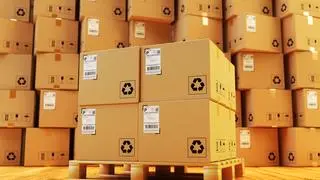Ever wondered how dams, bridges and deep-sea oil rigs stay strong despite being exposed to water all the time? How would we know if and when they need repairs?
Enter underwater remote-operated vehicles (ROVs). “Any construction under water deteriorates,” says Tanuj Jhunjhunwala, Co-founder and CEO, Planys Technologies. “Steel will corrode. Concrete can chip away, or develop cracks.” Planys uses marine robotics, underwater sensors and digital reporting to help customers inspect and repair underwater assets.
“Our ROVs are unmanned robotic platforms and carry sensors — cameras, sophisticated underwater probes.” Using a cable and joystick, a human operator near the water surface guides the ROV.
Skills required include non-destructive technology (NDT) — testing for weaknesses without damaging the structure.
The ROV is not a new concept — it was even used to locate the sunken Titanic in 1985. Planys designs and makes its own ROVs; it uses an AI-powered digital dashboard to suggest the repairs needed.
“Data from underwater footage runs to terabytes,” he points out. Without AI, it would be difficult to pinpoint every defect caught by the sensors. With about six years’ worth of data collated since the company’s inception in 2015, Planys uses proprietary algorithms. It currently has five ROVs in Indian waters and has completed about 180 projects, including several in Europe and West Asia.
It aims to deploy its $4 million funding into R&D and market expansion, besides venturing into what it calls the internet of underwater things (IOUT). “IOT is well known. We are using the concept for underwater observation.” For flood control, sensors on dams or bridges in remote places help in round-the-clock evaluation. This, he explains, goes one step beyond ROVs.
Planys has conducted pilots for IOUT, a concept it “came up with for the Qualcomm India Design Challenge”.








Comments
Comments have to be in English, and in full sentences. They cannot be abusive or personal. Please abide by our community guidelines for posting your comments.
We have migrated to a new commenting platform. If you are already a registered user of TheHindu Businessline and logged in, you may continue to engage with our articles. If you do not have an account please register and login to post comments. Users can access their older comments by logging into their accounts on Vuukle.